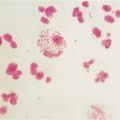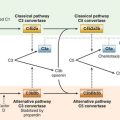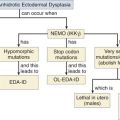CASE 17
Edward is 35 years old and has noted some general malaise over the past few months with some weight gain and bloating. He notices his feet, in particular, are quite swollen. When he urinates he has seen some darker tinges to the urine, even when he is clearly not passing concentrated urine (as in the morning). What has finally brought him to the doctor’s office is some bright red sputum he coughed up this morning. He is not, and never has been, a smoker. He has had no recent symptoms suggestive of a respiratory disease and he is currently afebrile. His physician ordered routine blood chemistry, a complete blood cell count with differential, a Mantoux test, and a chest radiograph. Explain the rationale for requesting each of these laboratory tests.
QUESTIONS FOR GROUP DISCUSSION
RECOMMENDED APPROACH
Implications/Analysis of Clinical History
The other issues that need explanation are the weight gain, bloating, some peripheral edema (swollen feet), and dark urine. The dark urine may be an indication of blood or bilirubin (a pigment derived from a breakdown of heme from red blood cells). Because bilirubin is metabolized in the liver, this may reflect a liver-related problem. However, this may also indicate a disorder of the renal filtration system because the renal glomerulus normally filters out red blood cells. Disorders of the renal filtration system, therefore, can lead to leakage of protein (causing osmotic shifts and edema) as well as to blood-tinged urine.






